so much sage!!
hope4serenity
12 years ago
Related Stories

COLORExterior Color of the Week: 6 Ways With Sage Green
See how to set your home apart with this popular green
Full Story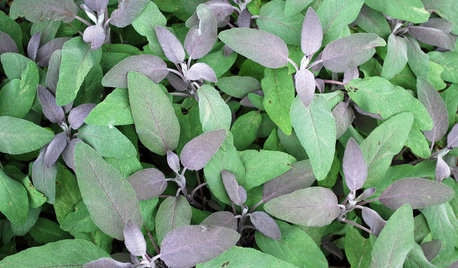
EDIBLE GARDENSHerb Garden Essentials: Grow Your Own Culinary Sage
Fill in your garden with this drought-tolerant perennial that’s flavorful and deer resistant
Full Story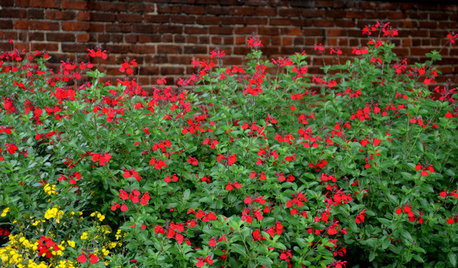
GARDENING GUIDESGreat Design Plant: Autumn Sage Brings Color and Butterflies
Whether you live in the arid desert or the humid South, you'll likely find this deer-resistant beauty as irresistible as winged creatures do
Full Story
GARDENING GUIDESGreat Design Plant: Blue Sage
True blue and adored by hummingbirds, blue sage is easy to grow from seed in a sunny fall garden
Full Story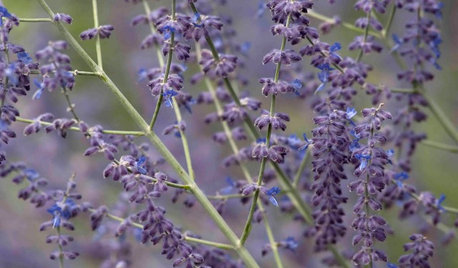
SPRING GARDENINGGreat Design Plant: Russian Sage
Silvery stems in winter and a haze of purple blooms in spring and summer make this spiky plant a year-round performer in the garden
Full Story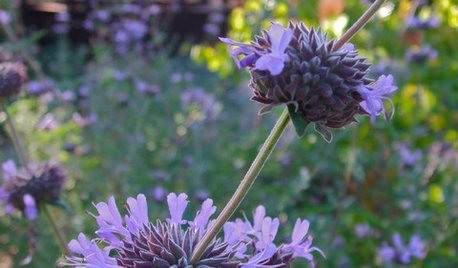
GARDENING GUIDESGreat Native Plant: Cleveland Sage
Get a whiff of this salvia for a garden experience to remember. Oh, and you can almost forget about maintenance
Full Story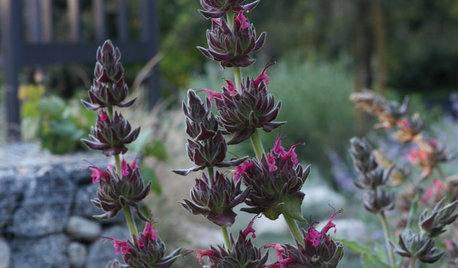
FLOWERS AND PLANTSHummingbird Sage Lures Wildlife With Its Sweet, Fruity Fragrance
This native California ground cover thrives with little water on grassy slopes, under trees or in patio containers
Full Story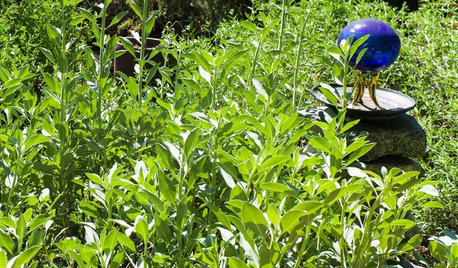
FLOWERS AND PLANTSWhite Sage Shimmers in the Water-Wise Garden
California native Salvia Apiana features silvery-green foliage and seasonal flowers that bees, hummingbirds and butterflies love
Full Story
GARDENING FOR BUTTERFLIES3 Ways Native Plants Make Gardening So Much Better
You probably know about the lower maintenance. But native plants' other benefits go far beyond a little less watering and weeding
Full Story
DECORATING GUIDESNo Neutral Ground? Why the Color Camps Are So Opinionated
Can't we all just get along when it comes to color versus neutrals?
Full Story









fatamorgana2121
Daisyduckworth
Related Professionals
West Milford Landscape Architects & Landscape Designers · Essex Landscape Architects & Landscape Designers · Forest City Landscape Architects & Landscape Designers · Bergenfield Landscape Contractors · Marlborough Landscape Contractors · North Canton Landscape Contractors · Raleigh Landscape Contractors · Severna Park Landscape Contractors · Teaneck Landscape Contractors · Westford Landscape Contractors · Aurora Roofing & Gutters · Renton Roofing & Gutters · Sarasota Roofing & Gutters · Valdosta Roofing & Gutters · West Orange Roofing & GuttersEddiegirl
Daisyduckworth
flora_uk
hope4serenityOriginal Author
fatamorgana2121
hope4serenityOriginal Author
nina28
fatamorgana2121